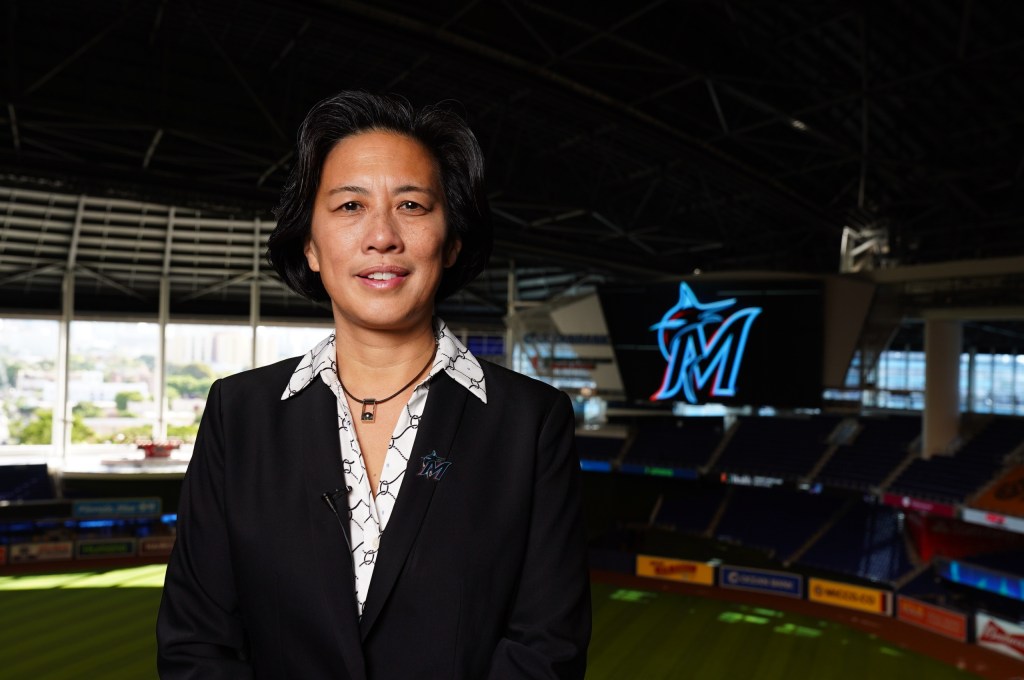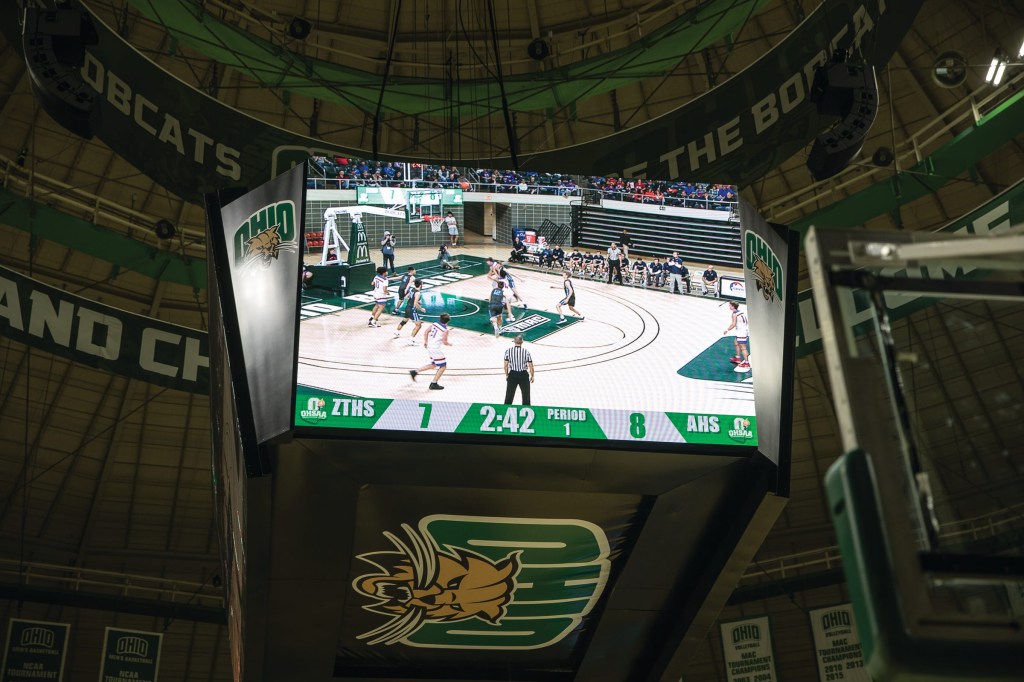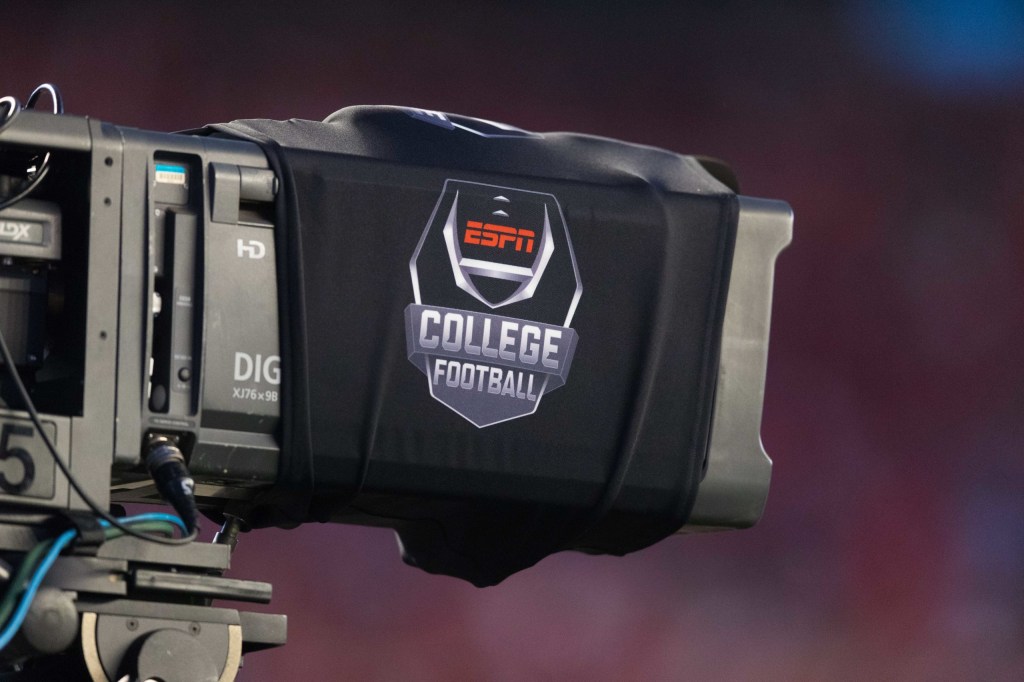
Photo credit: Pixabay
Ben Hartsock was thinking ahead to avoid difficulties following retirement.
Following a 10-year NFL career, the tight end jumped right into a career as an agent. For Hartsock, it was better than taking time to figure his life out after the structure and rigidity of an NFL career.
“There’s really two schools of thought, and there’s the school of thought you need something waiting when you’re done because idle time is the devil’s playground,” said Hartsock, who ended up realizing agent life wasn’t right after two years and is now pursuing broadcasting.
“Had I not jumped right into working, I wouldn’t have been able to handle it. I could have downward spiraled.”
Professional athletes, no matter the sport, leave a life of structure and must transition to a life of relative normalcy. More athletes today are thinking about it, but no matter how well-prepared the transition, it can still cause hiccups, Hartsock said. After 20 years of playing football, Hartsock said it’s almost like being institutionalized.
“I don’t know what other industry or business has a similar experience,” he said. “The shelf life of an athlete is limited in a way I can’t think any other profession is. Think about going to high school getting great marks, going to college and excelling, and after five or 10 years of being the best surgeon in the world, they take it away from you. That’s hard.”
READ MORE: As Retirement Nears, Yankees Star CC Sabathia Experiments With ESPN Deal
Athlete struggles following their athletic career’s end is not an easy topic to address, said Scott Goldman, the president-elect of the Association of Applied Sport Psychology. Goldman is a sports psychologist who’s worked for 20 years with collegiate and professional athletes.
Much of the conversation in post-career struggles revolve around professionals, but Goldman said it’s also a serious issue among collegiate athletes as well, as 90 percent don’t go professional. While many sports don’t have a clear path to the pros, Goldman said those that do — like basketball and football — can make inflate aspirations.
Goldman said he’s happy that leagues, like the NFL, are working intently to help create programs and guide players through their career and after to help ease the pain.
When Goldman works with an athlete struggling post-career, he said he likes to follow the Kubler-Ross Stages of Grief. Leaving an all-or-nothing career, like professional athletics, can leave athletes in a similar depression as losing a loved one.
[mc4wp_form id=”8260″]
“For some of them, it’s as much a shift in identity as dealing with a tragic loss,” Goldman said. “Most of these athletes get up at 6 a.m. and their day is largely accounted for and scheduled. It can be really intense when they leave.”
Goldman said he believes more potential employers are realizing that while athletes mostly don’t have lengthy business resumes, the commitment and dedication to their careers and being successful can often easily translate to the business world.
Often times, careers ended because of injuries are worse because they’re sudden. For careers like Dwyane Wade and Dirk Nowitzki, players get a goodbye tour and can ease into their retirement through a grief-like path.
Beyond the personal-identity struggle, Goldman said athletes also often struggle with their financials following retirement. The general public has a perception of multimillionaire contracts, and while some athletes are set for life, those contracts are in reality few and far between. More common are the sub-million dollar contracts with athletes averaging less than three years as a professional athlete. Add on trying to ensure that money and whatever post-retirement career the athlete ends up pursuing to obligations, and the stress can be high.
READ MORE: Missy Franklin Opens Up About Retirement and Life After Swimming
“It’s amazing the demand of the million dollar athlete,” Goldman said.
Former athletes balancing a dwindling bank account with their lack of direction can experience a perfect storm for emotional troubles. That’s where people like Goldman and companies like Priority Sports, Hartsock’s former agency, and its Preparing for Life After the NFL, or P.L.A.N., come in.
Leaving a professional sports career often doesn’t have a ceremonial ending like other transitions in high school to college; college to the working world; or even a long TV series finale. Goldman said he doesn’t often like to use cliches, but can’t avoid one in this situation.
“It’s more of a transition than a severance,” Goldman said. “When you exit one room, you enter another space. Sometimes we focus on what we’re leaving and other times, it’s what we’re entering.
“It’s important to accept what we leave, and see what’s coming next and find meaning.”

















